Water Plants Vs. Normal Plants- Understanding The Question
Do Water Plants Absorb Water Like Normal Plants
While normal plants rely on soil moisture and direct watering, aquatic plants live in an environment where water surrounds them constantly. This difference in habitat leads to unique adaptations in how they absorb nutrients and regulate hydration. Exploring this subject requires examining plant physiology, ecological roles, and the balance between water availability and nutrient absorption. By comparing aquatic and terrestrial plants, we can uncover how each has evolved to thrive in its environment. Water plants, often referred to as aquatic weeds or aquatic plants, raise a weird question about how they sustain themselves compared to terrestrial plants.

Aquatic Plant Physiology – How They Absorb Water
Aquatic plants absorb water differently than terrestrial plants because they are immersed in it. Instead of relying on roots to draw water from soil, many aquatic species absorb water directly through their leaves and stems. Their roots often serve more for anchoring than for hydration. This adaptation allows them to survive in ponds, lakes, and rivers where water is abundant. However, water absorption alone does not provide nutrients, so aquatic plants must also extract dissolved minerals from their environment. The balance between water intake and nutrient absorption is critical to their survival.
| Feature | Aquatic Plants | Terrestrial Plants |
|---|---|---|
| Primary Water Source | Surrounding environment | Soil moisture |
| Root Function | Anchoring, limited absorption | Major absorption organ |
| Nutrient Uptake | Dissolved minerals in water | Minerals in soil |
| Leaf Adaptation | Thin cuticle for direct absorption | Thick cuticle to prevent loss |
| Water Regulation | Constant exposure | Controlled uptake |
Root Systems – Comparing Functions
Roots in aquatic plants are not as specialized for water absorption as in terrestrial plants. Instead, they stabilize the plant in sediment or floating environments. In contrast, terrestrial plants rely heavily on roots to draw water and nutrients from soil. This difference highlights how aquatic plants evolved to minimize reliance on roots for hydration. Their roots may still absorb nutrients, but leaves often play a larger role.
- Aquatic roots anchor plants in mud or sediment.
- Terrestrial roots penetrate soil deeply for water.
- Aquatic roots absorb some minerals but less water.
- Terrestrial roots transport water upward through xylem.
- Aquatic plants rely more on leaf absorption.
- Terrestrial plants rely on root absorption.
- Aquatic roots are often shallow.
- Terrestrial roots can be extensive.
- Aquatic roots adapt to oxygen-poor environments.
- Terrestrial roots adapt to varying soil conditions.
Leaf Adaptations – Direct Absorption
Leaves of aquatic plants are uniquely structured to absorb water and nutrients directly. They often have thin cuticles, unlike terrestrial plants that develop thick cuticles to prevent water loss. This thin layer allows aquatic plants to take in dissolved oxygen and minerals efficiently. Floating leaves may also have stomata on their upper surfaces, unlike terrestrial plants where stomata are usually on the underside. These adaptations ensure aquatic plants thrive in water-rich environments.
| Adaptation | Aquatic Leaves | Terrestrial Leaves |
|---|---|---|
| Cuticle Thickness | Thin | Thick |
| Stomata Placement | Upper surface | Lower surface |
| Oxygen Absorption | Direct from water | Through stomata |
| Nutrient Uptake | Dissolved minerals | Soil-derived |
| Buoyancy | Air spaces in tissue | Dense structure |
Nutrient Absorption – Dissolved Minerals
Aquatic plants must absorb nutrients dissolved in water, which differs from terrestrial plants that rely on soil. Minerals such as nitrogen, phosphorus, and potassium are taken in through leaves and roots. This process is essential for growth and reproduction. Because water environments can vary in nutrient levels, aquatic plants often adapt to low-nutrient conditions. Some species even form symbiotic relationships with microorganisms to enhance nutrient uptake.
- Aquatic plants absorb nitrogen from water.
- Terrestrial plants absorb nitrogen from soil.
- Aquatic plants rely on dissolved phosphorus.
- Terrestrial plants rely on mineral-rich soil.
- Aquatic plants adapt to nutrient-poor waters.
- Terrestrial plants adapt to nutrient-rich soils.
- Aquatic plants may use microorganisms for nutrients.
- Terrestrial plants rely on root hairs for absorption.
- Aquatic plants absorb through leaves and roots.
- Terrestrial plants absorb mainly through roots.
Oxygen Intake – Unique Challenges
Aquatic plants face challenges in oxygen intake because water contains less oxygen than air. To adapt, many species develop specialized tissues called aerenchyma, which store and transport oxygen. Floating plants can access atmospheric oxygen through stomata, while submerged plants rely on dissolved oxygen. This adaptation ensures survival in environments where oxygen levels fluctuate.
| Oxygen Source | Aquatic Plants | Terrestrial Plants |
|---|---|---|
| Primary Intake | Dissolved oxygen | Atmospheric oxygen |
| Specialized Tissue | Aerenchyma | None |
| Stomata Function | Upper leaf surface | Lower leaf surface |
| Oxygen Storage | Internal air spaces | Minimal storage |
| Adaptation Need | High | Moderate |
Hydration Balance – Constant Exposure
Aquatic plants are constantly surrounded by water, which eliminates the need for traditional watering. However, this abundance can also pose risks, such as nutrient dilution. Terrestrial plants must regulate hydration carefully, balancing water intake with loss through transpiration. Aquatic plants instead focus on nutrient absorption and oxygen intake. Their survival depends on adapting to waterlogged conditions.
- Aquatic plants do not need watering.
- Terrestrial plants require regular watering.
- Aquatic plants risk nutrient dilution.
- Terrestrial plants risk dehydration.
- Aquatic plants adapt to constant water.
- Terrestrial plants adapt to variable water.
- Aquatic plants focus on nutrient uptake.
- Terrestrial plants focus on hydration balance.
- Aquatic plants thrive in waterlogged habitats.
- Terrestrial plants thrive in soil-based habitats.
Aquatic Environments – Constant Immersion
Aquatic plants live in environments where water is abundant, surrounding them at all times. This constant immersion changes the way they interact with hydration compared to terrestrial plants. Instead of worrying about drought, aquatic plants must adapt to nutrient dilution and oxygen scarcity. Their tissues are often specialized to handle excess water without rotting. Floating plants balance between water and air, while submerged plants adapt to low-light and oxygen-poor conditions. These adaptations highlight the diversity of strategies used by aquatic species.
| Environment Type | Plant Example | Adaptation |
|---|---|---|
| Floating | Water lilies | Stomata on upper leaf surface |
| Submerged | Elodea | Thin leaves for direct absorption |
| Emergent | Cattails | Roots in sediment, leaves above water |
| Free-floating | Duckweed | Minimal roots, nutrient absorption through leaves |
| Marsh plants | Lotus | Large leaves for sunlight capture |

Water Regulation – Differences In Control
Terrestrial plants regulate water intake carefully, balancing absorption and transpiration. Aquatic plants, however, are constantly exposed to water and do not need to regulate hydration in the same way. Instead, they focus on nutrient and oxygen intake. This difference explains why watering is essential for terrestrial plants but unnecessary for aquatic ones.
- Terrestrial plants regulate water through stomata.
- Aquatic plants absorb water freely.
- Terrestrial plants risk dehydration.
- Aquatic plants risk nutrient dilution.
- Terrestrial plants use roots for hydration.
- Aquatic plants use leaves and stems.
- Terrestrial plants adapt to dry conditions.
- Aquatic plants adapt to wet conditions.
- Terrestrial plants rely on soil moisture.
- Aquatic plants rely on dissolved minerals.
Photosynthesis – Light Availability
Photosynthesis in aquatic plants depends on light penetration through water. Clear water allows efficient photosynthesis, while murky water reduces light availability. Terrestrial plants generally have consistent access to sunlight, making photosynthesis more predictable. Aquatic plants often develop large leaves or float on the surface to maximize light capture. This adaptation ensures survival in diverse aquatic environments.
| Factor | Aquatic Plants | Terrestrial Plants |
|---|---|---|
| Light Source | Penetrates water | Direct sunlight |
| Leaf Size | Often larger | Variable |
| Photosynthesis Rate | Dependent on water clarity | More consistent |
| Adaptation | Floating leaves | Leaf orientation |
| Limitation | Murky water | Shade from other plants |
Nutrient Sources – Comparing Pathways
Aquatic plants absorb nutrients dissolved in water, while terrestrial plants rely on soil minerals. This difference shapes their growth and reproduction. Aquatic plants often adapt to nutrient-poor waters by forming symbiotic relationships with microorganisms. Terrestrial plants, by contrast, depend on root hairs to maximize nutrient absorption.
- Aquatic plants absorb dissolved nitrogen.
- Terrestrial plants absorb nitrogen from soil.
- Aquatic plants rely on phosphorus in water.
- Terrestrial plants rely on mineral-rich soil.
- Aquatic plants adapt to nutrient scarcity.
- Terrestrial plants adapt to nutrient abundance.
- Aquatic plants use microorganisms for support.
- Terrestrial plants rely on root hairs.
- Aquatic plants absorb through leaves and roots.
- Terrestrial plants absorb mainly through roots.
Structural Adaptations – Survival Mechanisms
Aquatic plants develop structural adaptations to survive in waterlogged environments. These include buoyant tissues, thin cuticles, and specialized air spaces. Terrestrial plants, on the other hand, develop thick cuticles and strong stems to prevent water loss and support growth. These differences highlight how plants evolve to suit their habitats.
| Adaptation | Aquatic Plants | Terrestrial Plants |
|---|---|---|
| Cuticle | Thin | Thick |
| Stem Strength | Flexible | Rigid |
| Buoyancy | Air spaces | None |
| Root Function | Anchoring | Absorption |
| Leaf Structure | Thin, broad | Variable |
Oxygen Challenges – Dissolved Versus Atmospheric
Aquatic plants face challenges in oxygen intake because water contains less oxygen than air. They develop specialized tissues called aerenchyma to store and transport oxygen. Floating plants can access atmospheric oxygen, while submerged plants rely on dissolved oxygen. Terrestrial plants, by contrast, have easy access to atmospheric oxygen through stomata.
- Aquatic plants use aerenchyma.
- Terrestrial plants do not need specialized tissues.
- Aquatic plants rely on dissolved oxygen.
- Terrestrial plants rely on atmospheric oxygen.
- Aquatic plants adapt to oxygen scarcity.
- Terrestrial plants adapt to oxygen abundance.
- Aquatic plants store oxygen internally.
- Terrestrial plants store minimal oxygen.
- Aquatic plants face fluctuating oxygen levels.
- Terrestrial plants face stable oxygen levels.
Hydration Needs – Why Watering Differs
Terrestrial plants need regular watering to survive, while aquatic plants do not. This difference arises because aquatic plants are constantly surrounded by water. Their survival depends more on nutrient and oxygen availability than hydration. Terrestrial plants must balance water intake with loss through transpiration.
| Plant Type | Hydration Source | Watering Need |
|---|---|---|
| Aquatic | Surrounding water | None |
| Terrestrial | Soil moisture | Regular |
| Floating | Direct absorption | None |
| Submerged | Dissolved water | None |
| Emergent | Sediment water | Minimal |
Energy Use – Efficiency In Aquatic Versus Terrestrial Plants
Aquatic plants often expend less energy on water absorption because they are constantly surrounded by it. Their energy is directed toward nutrient uptake and structural adaptations instead. Terrestrial plants, however, must invest energy into root growth and water transport systems. This difference highlights how each plant type allocates resources to survive. Aquatic plants rely on buoyancy and thin tissues, while terrestrial plants rely on strong stems and deep roots. Energy efficiency in aquatic plants is tied to their environment, while terrestrial plants must adapt to changing water availability.
| Energy Focus | Aquatic Plants | Terrestrial Plants |
|---|---|---|
| Water Absorption | Minimal energy | Significant energy |
| Nutrient Uptake | High priority | Moderate priority |
| Root Growth | Anchoring only | Extensive growth |
| Structural Support | Buoyant tissues | Strong stems |
| Adaptation Need | Oxygen storage | Water regulation |
Growth Patterns – Environmental Influence
Growth patterns in aquatic plants differ significantly from terrestrial plants. Aquatic plants often spread horizontally across water surfaces, while terrestrial plants grow vertically toward sunlight. This difference reflects the environments they inhabit. Aquatic plants adapt to fluctuating water levels, while terrestrial plants adapt to soil conditions.
- Aquatic plants spread across water surfaces.
- Terrestrial plants grow vertically.
- Aquatic plants adapt to water fluctuations.
- Terrestrial plants adapt to soil stability.
- Aquatic plants rely on buoyancy.
- Terrestrial plants rely on strong stems.
- Aquatic plants reproduce quickly in water.
- Terrestrial plants reproduce seasonally.
- Aquatic plants thrive in nutrient-poor waters.
- Terrestrial plants thrive in nutrient-rich soils.
Reproductive Strategies – Water Versus Soil
Aquatic plants often reproduce through fragmentation, where parts of the plant break off and grow independently. Terrestrial plants rely more on seeds and pollination. This difference reflects the environments they inhabit. Aquatic plants benefit from water currents spreading fragments, while terrestrial plants depend on wind, animals, and insects.
| Reproductive Method | Aquatic Plants | Terrestrial Plants |
|---|---|---|
| Fragmentation | Common | Rare |
| Seed Production | Limited | Extensive |
| Pollination | Less frequent | Essential |
| Dispersal Agent | Water currents | Wind, animals, insects |
| Growth Speed | Rapid | Seasonal |
Environmental Challenges – Survival Differences
Aquatic plants face challenges such as low oxygen, nutrient dilution, and limited light. Terrestrial plants face challenges like drought, soil erosion, and competition for sunlight. Each plant type develops adaptations to overcome these obstacles. Aquatic plants rely on buoyancy and thin tissues, while terrestrial plants rely on strong roots and thick cuticles.
- Aquatic plants face oxygen scarcity.
- Terrestrial plants face drought.
- Aquatic plants face nutrient dilution.
- Terrestrial plants face soil erosion.
- Aquatic plants face limited light.
- Terrestrial plants face competition for sunlight.
- Aquatic plants adapt with buoyancy.
- Terrestrial plants adapt with strong roots.
- Aquatic plants thrive in waterlogged habitats.
- Terrestrial plants thrive in soil-based habitats.
Ecosystem Roles – Supporting Life
Aquatic plants play vital roles in aquatic ecosystems by providing oxygen, shelter, and food. Terrestrial plants play similar roles in land ecosystems. Both types of plants support biodiversity and ecological balance. Aquatic plants stabilize sediments, while terrestrial plants prevent soil erosion. These roles highlight the importance of plants in maintaining healthy ecosystems.
| Role | Aquatic Plants | Terrestrial Plants |
|---|---|---|
| Oxygen Production | Dissolved oxygen | Atmospheric oxygen |
| Shelter | Habitat for fish | Habitat for animals |
| Food Source | Algae and plant matter | Fruits and leaves |
| Soil/Water Stability | Sediment stabilization | Soil stabilization |
| Biodiversity Support | Aquatic species | Terrestrial species |
Adaptation Speed – Rapid Versus Gradual
Aquatic plants often adapt quickly to changing water conditions. Terrestrial plants adapt more gradually to soil and climate changes. Aquatic plants may change growth patterns rapidly, while terrestrial plants evolve over longer periods.
- Aquatic plants adapt quickly.
- Terrestrial plants adapt gradually.
- Aquatic plants respond to water fluctuations.
- Terrestrial plants respond to climate changes.
- Aquatic plants change growth patterns rapidly.
- Terrestrial plants evolve slowly.
- Aquatic plants rely on flexibility.
- Terrestrial plants rely on stability.
- Aquatic plants thrive in dynamic environments.
- Terrestrial plants thrive in stable environments.
Seasonal Variations – Impact On Growth
Aquatic plants experience seasonal changes differently than terrestrial plants. In colder climates, aquatic plants may slow growth or enter dormancy, while terrestrial plants often shed leaves or reduce activity. Seasonal water levels also influence aquatic plant survival, as flooding or drought can alter habitats. Terrestrial plants rely on rainfall and soil moisture, while aquatic plants rely on consistent water presence. These differences highlight how each plant type adapts to seasonal cycles.
| Season | Aquatic Plant Response | Terrestrial Plant Response |
|---|---|---|
| Spring | Rapid growth in warm water | Leaf sprouting and flowering |
| Summer | Increased photosynthesis | Peak growth and fruiting |
| Autumn | Reduced activity | Leaf shedding |
| Winter | Dormancy or slowed growth | Dormancy or reduced activity |
| Flood Season | Habitat expansion | Risk of root damage |
Soil Versus Sediment – Nutrient Foundations
Aquatic plants grow in sediment that is often nutrient-poor compared to soil. Terrestrial plants rely on nutrient-rich soil for survival. Sediment provides anchoring but limited nutrition, while soil supports extensive root systems. This difference explains why aquatic plants rely more on dissolved nutrients in water.
- Aquatic plants grow in sediment.
- Terrestrial plants grow in soil.
- Aquatic sediment is nutrient-poor.
- Terrestrial soil is nutrient-rich.
- Aquatic plants rely on dissolved minerals.
- Terrestrial plants rely on soil minerals.
- Aquatic roots anchor plants.
- Terrestrial roots absorb nutrients.
- Aquatic plants adapt to low-nutrient conditions.
- Terrestrial plants thrive in fertile soil.

Human Interaction – Cultivation And Care
Humans cultivate aquatic plants for aquariums, ponds, and ecological restoration. These plants require different care than terrestrial plants. Instead of watering, aquatic plants need clean water and balanced nutrients. Terrestrial plants require soil management, irrigation, and fertilization. Understanding these differences helps humans care for both plant types effectively.
| Care Factor | Aquatic Plants | Terrestrial Plants |
|---|---|---|
| Watering | Not required | Essential |
| Nutrient Management | Dissolved minerals | Fertilizers |
| Habitat | Aquariums, ponds | Gardens, fields |
| Root Care | Anchoring only | Extensive growth |
| Oxygen Supply | Dissolved oxygen | Atmospheric oxygen |
Climate Influence – Adaptation To Conditions
Climate influences aquatic and terrestrial plants differently. Aquatic plants adapt to water temperature and clarity, while terrestrial plants adapt to rainfall and humidity. Extreme climates challenge both plant types, but in different ways. Aquatic plants may struggle in frozen or polluted waters, while terrestrial plants may struggle in deserts or droughts.
- Aquatic plants adapt to water temperature.
- Terrestrial plants adapt to rainfall.
- Aquatic plants rely on water clarity.
- Terrestrial plants rely on humidity.
- Aquatic plants struggle in frozen waters.
- Terrestrial plants struggle in deserts.
- Aquatic plants face pollution challenges.
- Terrestrial plants face soil depletion.
- Aquatic plants thrive in stable climates.
- Terrestrial plants thrive in moderate climates.
Symbiotic Relationships – Microorganisms And Plants
Aquatic plants often form symbiotic relationships with microorganisms to enhance nutrient absorption. Terrestrial plants form similar relationships with fungi and bacteria in soil. These partnerships improve survival and growth. Aquatic plants benefit from microorganisms breaking down organic matter, while terrestrial plants benefit from fungi extending root networks.
| Symbiotic Partner | Aquatic Plants | Terrestrial Plants |
|---|---|---|
| Bacteria | Break down organic matter | Fix nitrogen in soil |
| Fungi | Limited role | Mycorrhizal networks |
| Algae | Provide oxygen | Rare interaction |
| Microorganisms | Enhance nutrient absorption | Support root function |
| Benefit | Increased survival | Improved growth |
Long-Term Evolution – Divergent Paths
Aquatic and terrestrial plants evolved along divergent paths to suit their environments. Aquatic plants developed buoyancy, thin cuticles, and direct absorption. Terrestrial plants developed strong roots, thick cuticles, and water regulation systems. These evolutionary differences highlight the adaptability of plants across ecosystems.
- Aquatic plants evolved buoyancy.
- Terrestrial plants evolved strong roots.
- Aquatic plants evolved thin cuticles.
- Terrestrial plants evolved thick cuticles.
- Aquatic plants evolved direct absorption.
- Terrestrial plants evolved water regulation.
- Aquatic plants adapted to oxygen scarcity.
- Terrestrial plants adapted to water scarcity.
- Aquatic plants thrive in waterlogged habitats.
- Terrestrial plants thrive in soil-based habitats.
Water Movement – Transport Within Plant Tissues
Aquatic plants transport water differently than terrestrial plants because they are constantly immersed. Their vascular systems are often reduced compared to land plants, since water is readily available. Terrestrial plants rely heavily on xylem and phloem to move water and nutrients throughout their tissues. Aquatic plants may still use vascular tissues, but the demand is lower. This difference reflects the adaptations each plant type has made to its environment.
| Transport System | Aquatic Plants | Terrestrial Plants |
|---|---|---|
| Xylem Function | Reduced importance | Essential for water transport |
| Phloem Function | Nutrient distribution | Nutrient distribution |
| Water Source | Surrounding environment | Soil moisture |
| Pressure Regulation | Minimal | Critical |
| Adaptation | Direct absorption | Root-driven absorption |
Plant Density – Population And Growth Spread
Aquatic plants often grow densely in water bodies, forming mats or clusters. Terrestrial plants spread across soil with spacing determined by competition and resource availability. Dense aquatic growth can reduce oxygen levels in water, while terrestrial density influences soil nutrient depletion. Both plant types must balance population growth with environmental sustainability.
- Aquatic plants form dense mats.
- Terrestrial plants spread across soil.
- Aquatic density reduces oxygen.
- Terrestrial density depletes soil nutrients.
- Aquatic plants compete for light.
- Terrestrial plants compete for water.
- Aquatic plants spread rapidly.
- Terrestrial plants spread seasonally.
- Aquatic density influences ecosystems.
- Terrestrial density influences agriculture.
Adaptations To Pollution – Survival In Modern Environments
Aquatic plants face pollution challenges such as chemical runoff and reduced oxygen. Terrestrial plants face pollution challenges like soil contamination and air pollution. Both plant types adapt differently to survive. Aquatic plants may filter pollutants, while terrestrial plants may resist toxins through root barriers. These adaptations highlight resilience in modern ecosystems.
| Pollution Type | Aquatic Plants | Terrestrial Plants |
|---|---|---|
| Chemical Runoff | Absorb and filter | Soil contamination |
| Oxygen Reduction | Adapt with aerenchyma | Minimal impact |
| Air Pollution | Limited effect | Direct exposure |
| Soil Pollution | Minimal impact | Root damage |
| Adaptation | Filtration | Resistance barriers |
Water Levels – Influence On Plant Survival
Aquatic plants depend on stable water levels for survival. Fluctuations can expose roots or submerge leaves, altering growth. Terrestrial plants depend on rainfall and irrigation, with drought posing major risks. Both plant types adapt to changing water availability in unique ways.
- Aquatic plants rely on stable water levels.
- Terrestrial plants rely on rainfall.
- Aquatic plants adapt to flooding.
- Terrestrial plants adapt to drought.
- Aquatic plants risk root exposure.
- Terrestrial plants risk dehydration.
- Aquatic plants thrive in consistent water.
- Terrestrial plants thrive in balanced rainfall.
- Aquatic plants face seasonal water changes.
- Terrestrial plants face climate variability.
Photosynthetic Efficiency – Comparing Rates
Aquatic plants often have lower photosynthetic efficiency due to limited light penetration. Terrestrial plants generally achieve higher efficiency with direct sunlight. Aquatic plants adapt by developing large leaves or floating structures. Terrestrial plants adapt by orienting leaves toward sunlight.
| Efficiency Factor | Aquatic Plants | Terrestrial Plants |
|---|---|---|
| Light Penetration | Limited | Direct |
| Leaf Size | Large | Variable |
| Photosynthesis Rate | Lower | Higher |
| Adaptation | Floating leaves | Leaf orientation |
| Limitation | Murky water | Shade competition |
Ecological Importance – Balancing Systems
Aquatic plants stabilize sediments, provide oxygen, and support aquatic life. Terrestrial plants stabilize soil, produce oxygen, and support land ecosystems. Both are essential for ecological balance. Their differences highlight the diversity of plant roles in nature.
- Aquatic plants stabilize sediments.
- Terrestrial plants stabilize soil.
- Aquatic plants provide dissolved oxygen.
- Terrestrial plants provide atmospheric oxygen.
- Aquatic plants support fish habitats.
- Terrestrial plants support animal habitats.
- Aquatic plants reduce erosion in water.
- Terrestrial plants reduce erosion on land.
- Aquatic plants enrich aquatic biodiversity.
- Terrestrial plants enrich terrestrial biodiversity.
Conclusion – Bringing Together The Insights
Aquatic plants absorb water differently than terrestrial plants, relying on direct absorption through leaves and stems rather than roots. Their constant exposure to water eliminates the need for traditional watering, but introduces challenges in nutrient and oxygen intake. Terrestrial plants, by contrast, depend heavily on roots for hydration and nutrient absorption. Both systems reveal remarkable adaptations to their environments. Understanding these differences enriches our appreciation of plant diversity and ecological balance.
Join The Discussion
How do you see aquatic and terrestrial plants shaping ecosystems differently?
#AquaticPlants #PlantPhysiology #WaterAbsorption #Ecology #PlantAdaptations #NatureScience #Botany #EnvironmentalBalance #PlantDiversity #JoinTheDiscussion

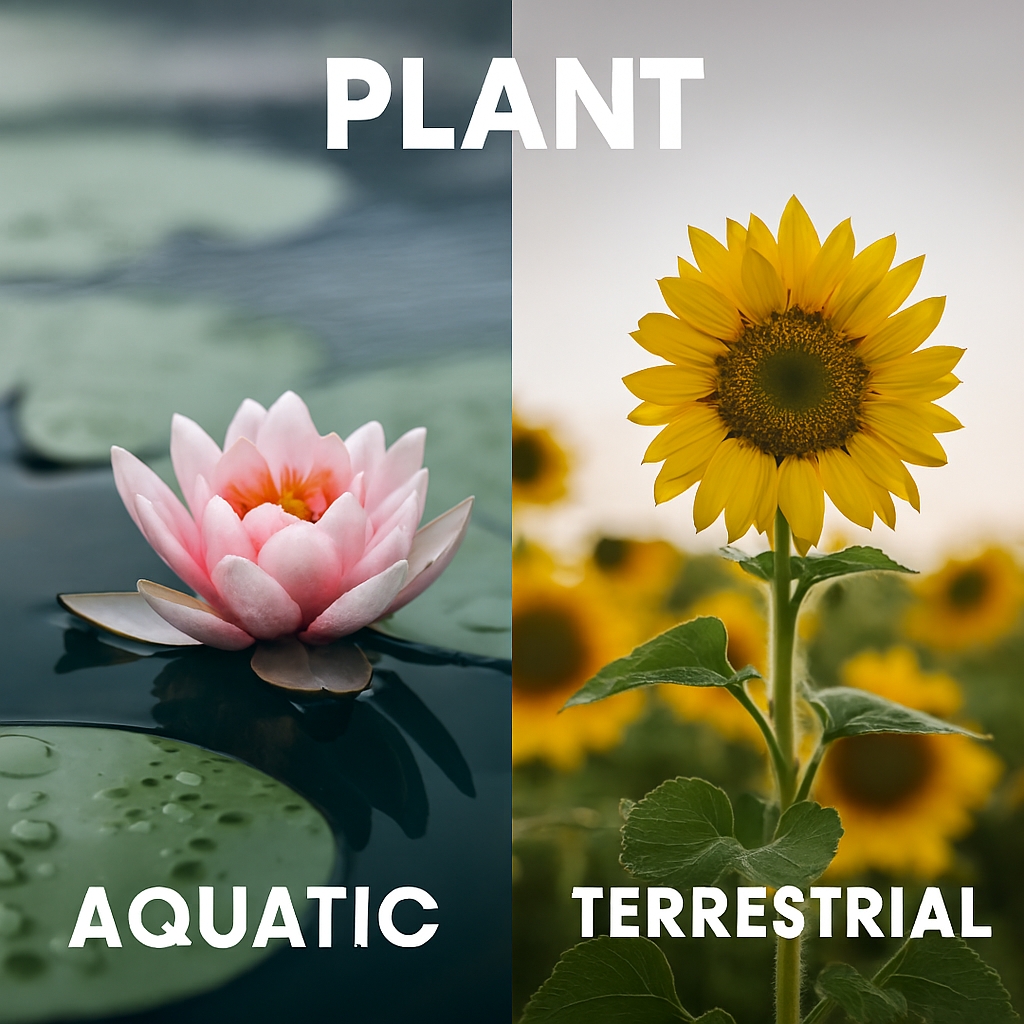

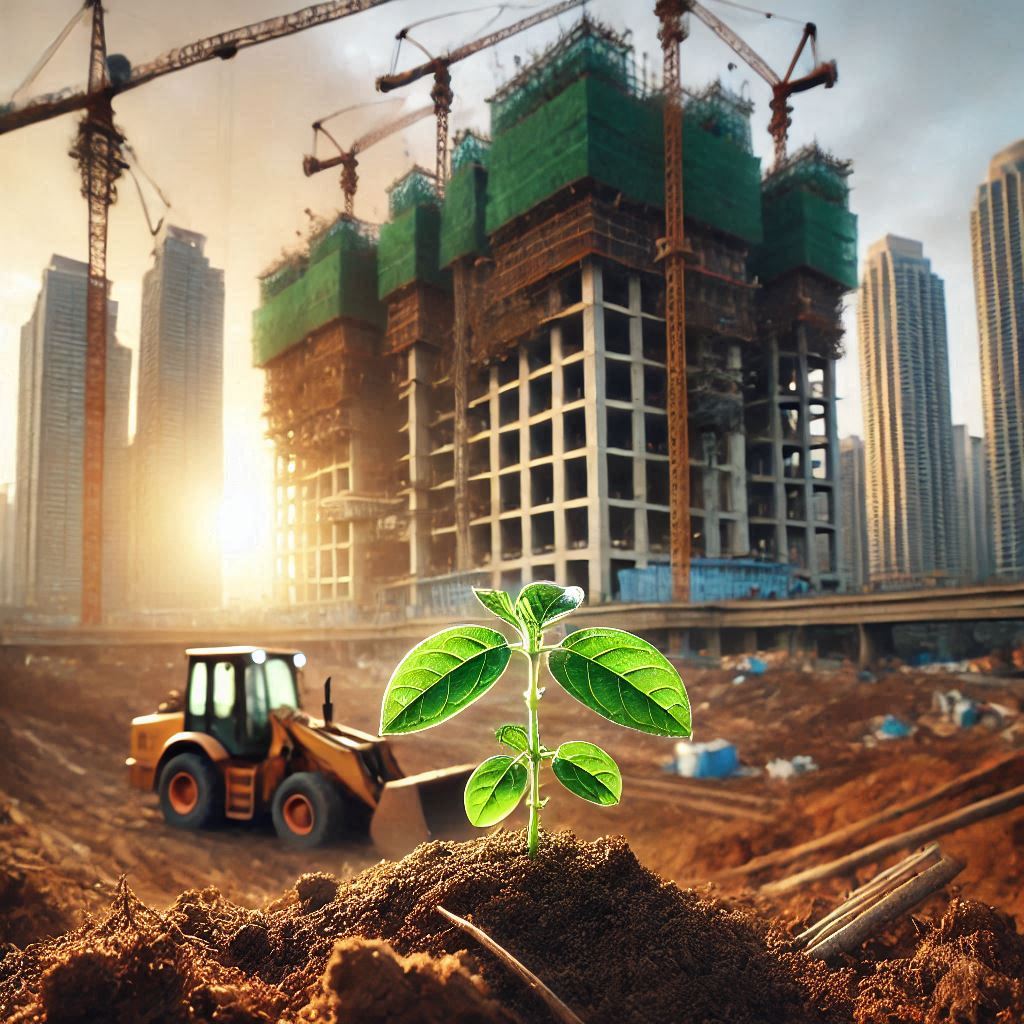




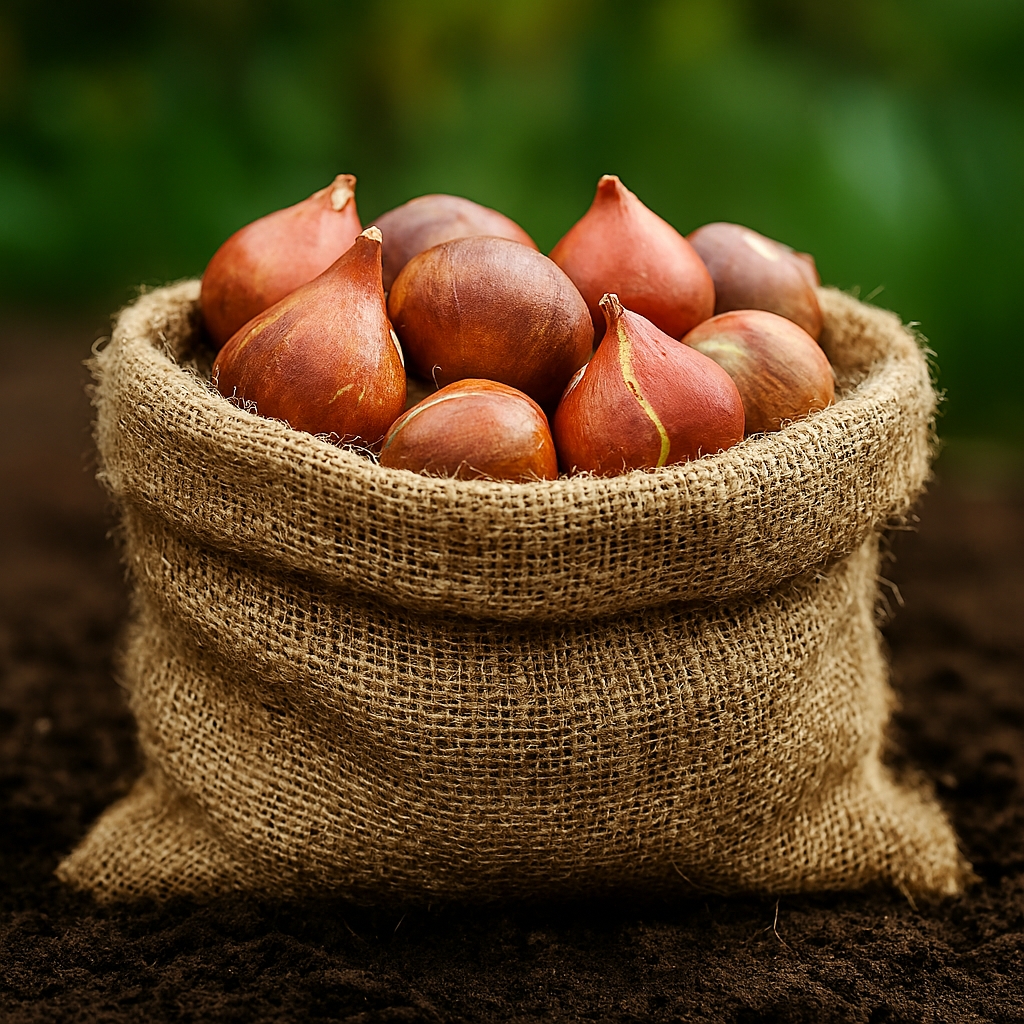
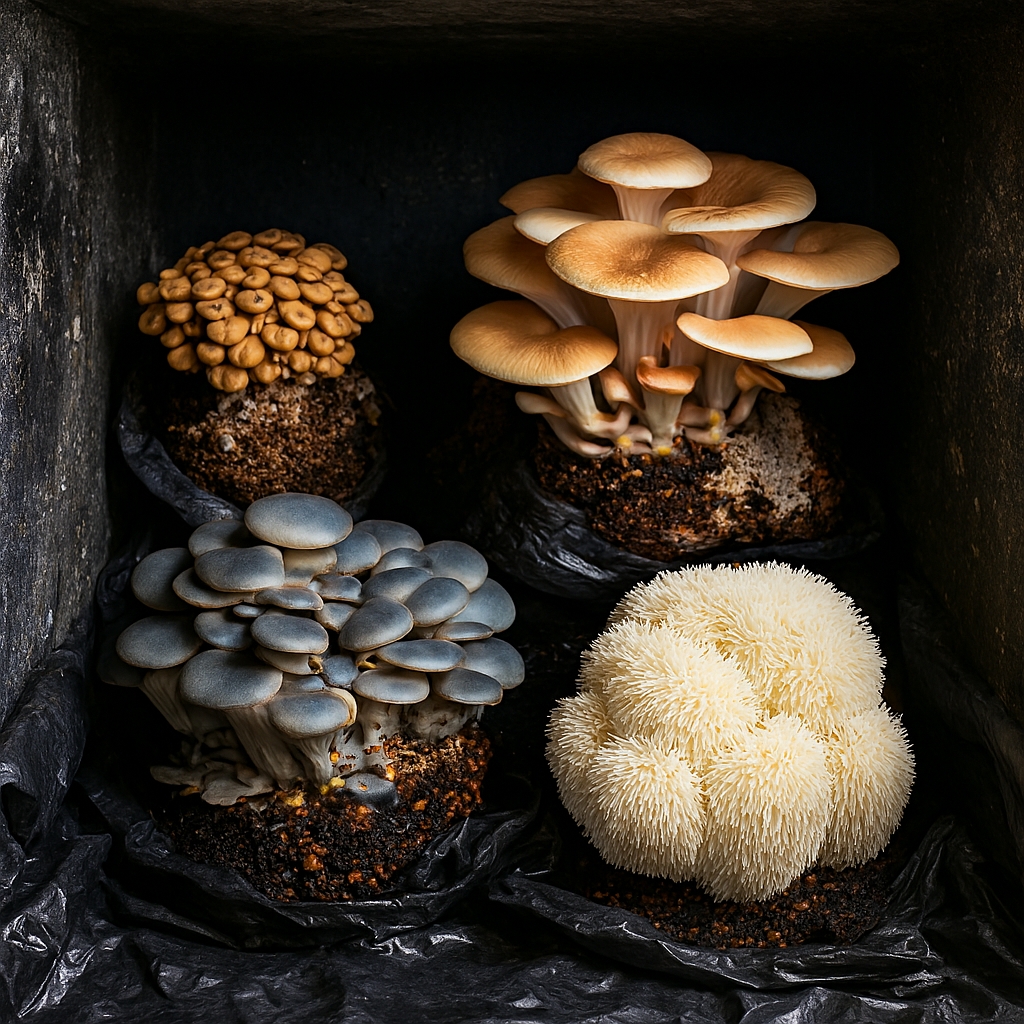

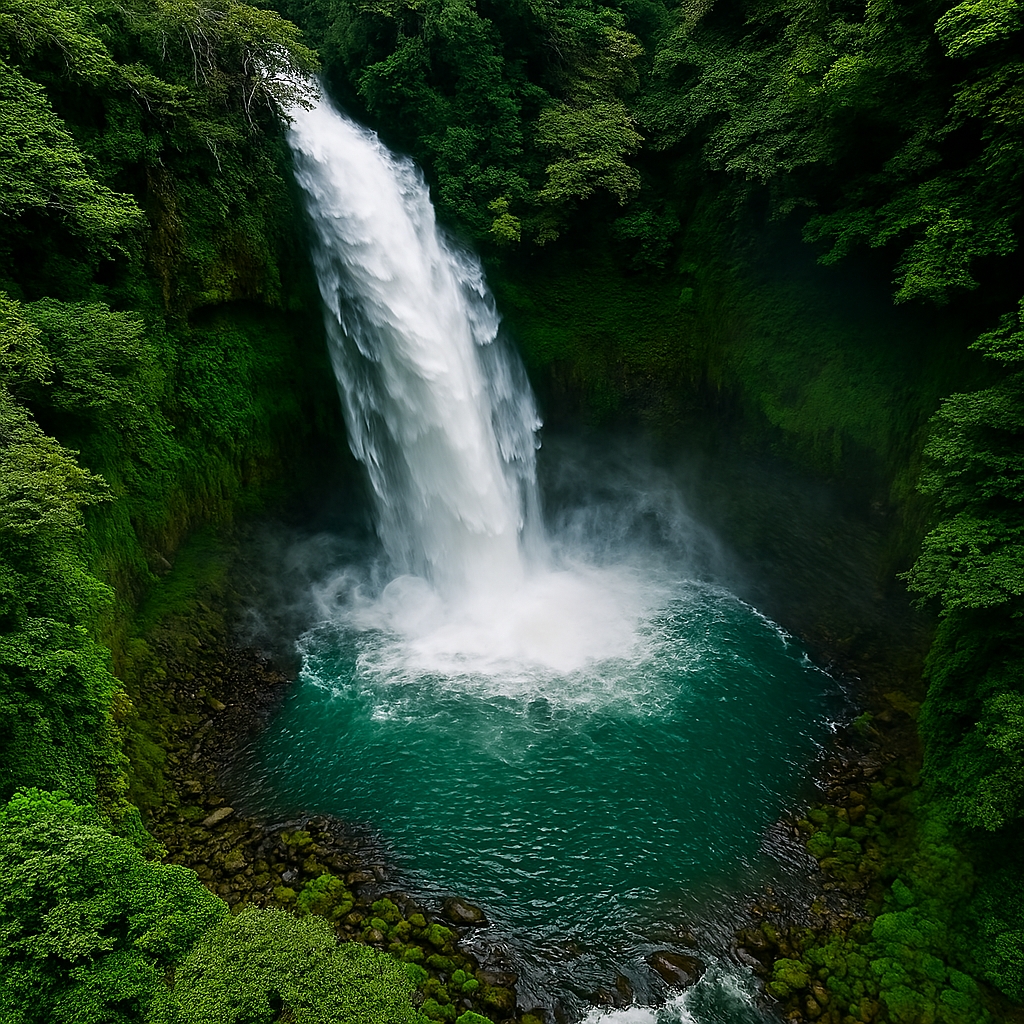
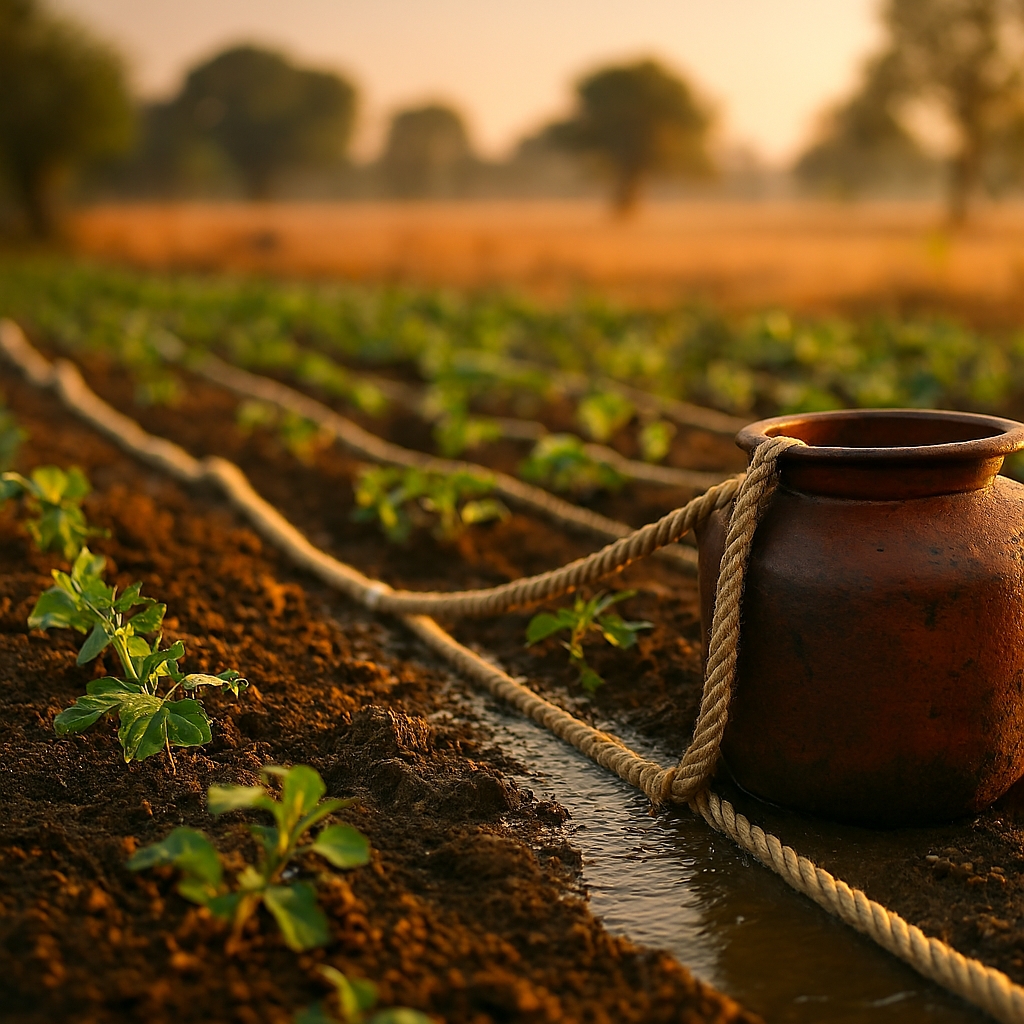
Stunning Beauty Of Water Lilies Rising Each Year
[…] Caring for lilies means caring for the entire pond ecosystem. Nutrient balance ensures harmony among species. Oxygen levels support both plants and fish. Shade from leaves reduces algae growth. Pollinators thrive when blooms are healthy. Each element depends on the other. I see the pond as a system of interconnections. Care routines must respect this balance. Neglecting one part affects the whole. Ecosystem care becomes a philosophy of stewardship. It reflects responsibility and respect for nature. […]